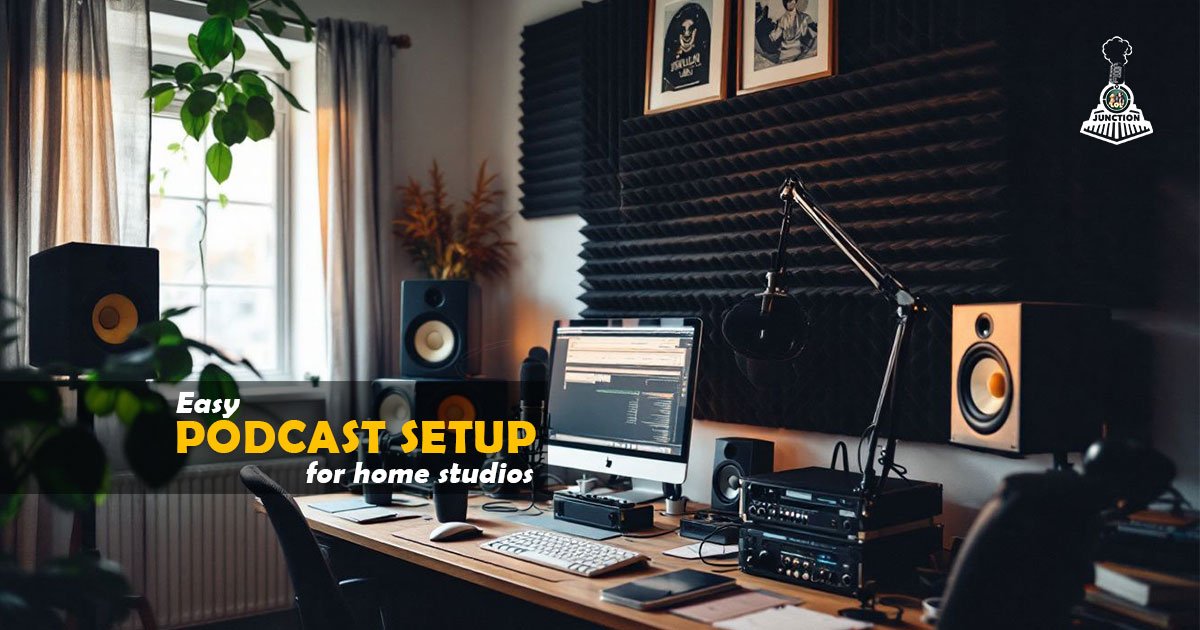
Easy Podcast Setup for Home Studios
3 months ago Kasturi Jha

3 months ago Kasturi Jha
Starting a podcast doesn’t have to mean renting a fancy studio or investing thousands of dirhams in equipment. With the right mindset, basic tech, and a quiet space, you can build a professional-sounding podcast home setup right where you are—your bedroom, living room, or even a walk-in closet.
Whether you're just launching your first beginner podcast, upgrading your existing gear, or trying to find the right balance between quality and affordability, this guide will walk you through exactly what you need to record at home with confidence.
Podcasting has grown from a niche hobby into a mainstream creative and business tool. And with remote work becoming the norm, home studios are now the go-to setup for creators around the world.
Here’s why a home setup works so well:
The truth is, some of the most popular shows in the world started in spare rooms and kitchens. With the right podcast gear and a little care, yours can sound just as good.
Before buying anything, focus on finding the best space in your home to record. You want a room with:
Oddly enough, smaller rooms often work better. A quiet closet filled with clothes can sometimes outperform a large, echoey office. For many podcasters, the best podcast home setup starts with soundproofing—not spending.
Here’s a breakdown of the essential podcast gear for a strong home studio:
Your mic is your most important investment. Even an average mic, used properly, will outperform a bad one in a high-end studio.
Top options for beginners:
If you're on a budget, even your phone can work with the right apps and positioning—but upgrading to a dedicated mic setup changes everything.
Why they matter: they prevent echo and let you monitor your voice while recording.
Recommended models:
Avoid wireless headphones during recording—they can cause latency and connection issues.
If you're using an XLR mic, you’ll need an interface to connect it to your computer. Brands like Focusrite Scarlett or Behringer make beginner-friendly, affordable models.
USB mics don’t need this—another reason they’re great for a beginner podcast.
You don’t need expensive DAWs or complicated interfaces. Here are a few tools that simplify your record at home process:
Most tools offer basic tutorials and templates—don’t let the software scare you off. As your skills grow, you’ll learn to trim “ums,” add fades, and balance volumes like a pro.
Even the best mic setup can’t hide a noisy or echo-filled room. You can easily improve your sound environment with:
This is what separates a true podcast home setup from amateur recordings. And it often costs less than fancy equipment.
Don’t expect perfection on day one. Most new podcasters go through 3–4 “test episodes” before launching. Use this time to:
Think of your first 5 episodes as “season zero.” You’re finding your rhythm, getting comfortable, and building a system.
Once your core setup is solid, consider these optional upgrades:
The goal isn’t to spend more—but to make your workflow easier, cleaner, and more reliable over time.
A good beginner podcast doesn’t need fancy editing—just clarity, presence, and a consistent voice.
There’s always going to be a newer mic, better software, or sleeker stand. But the truth is, none of it matters as much as your message.
Podcasting success comes from showing up consistently, sharing something meaningful, and treating your audience with care. Your voice, your tone, and your heart will always matter more than your equipment.
So yes, get the basics right—but don’t wait for the “perfect” setup to start.
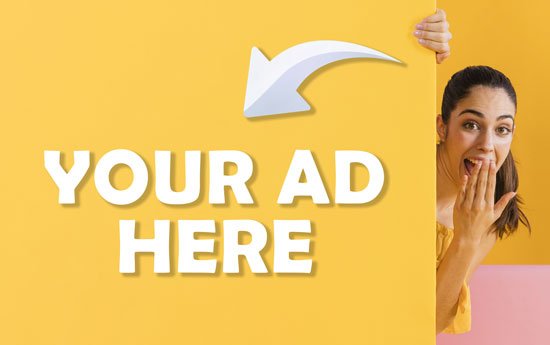

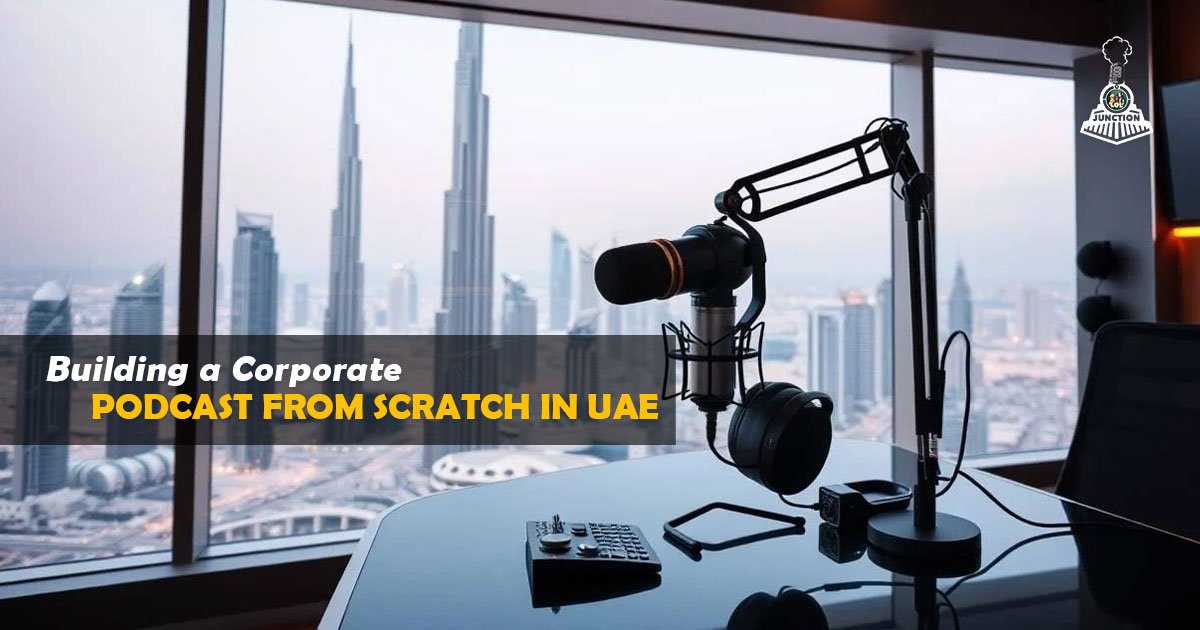
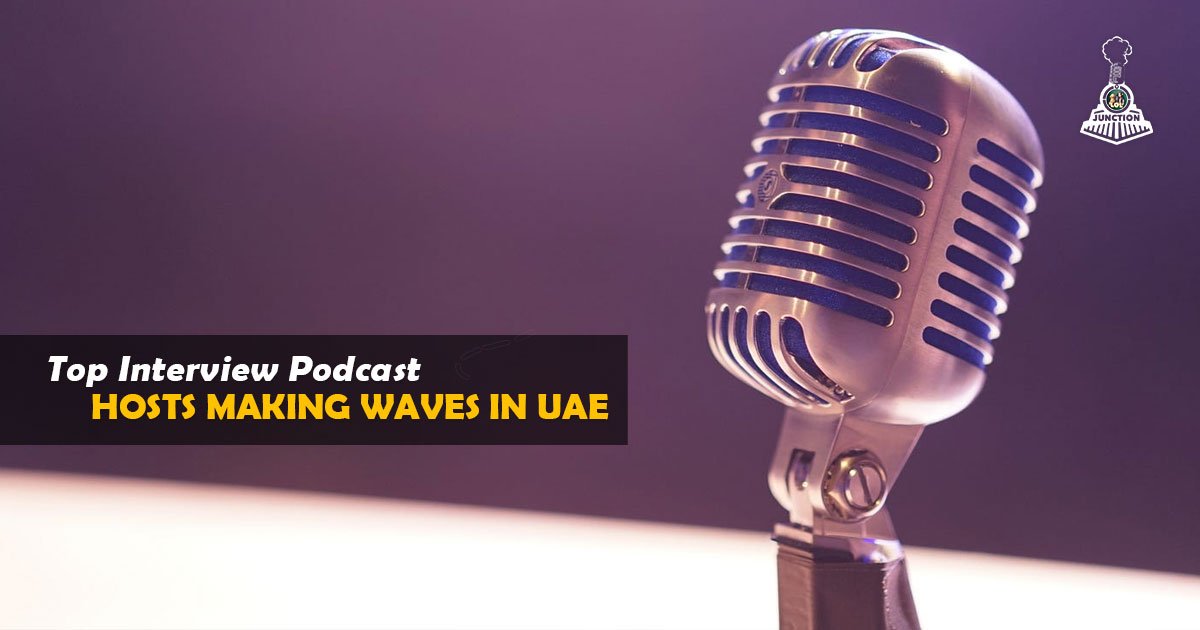
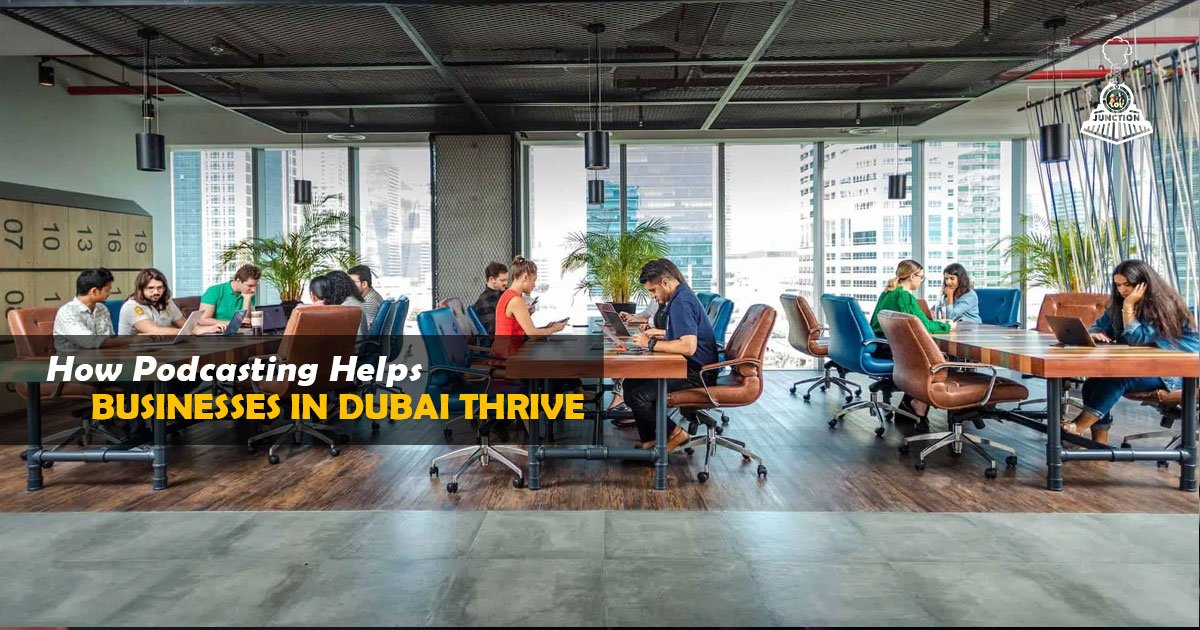
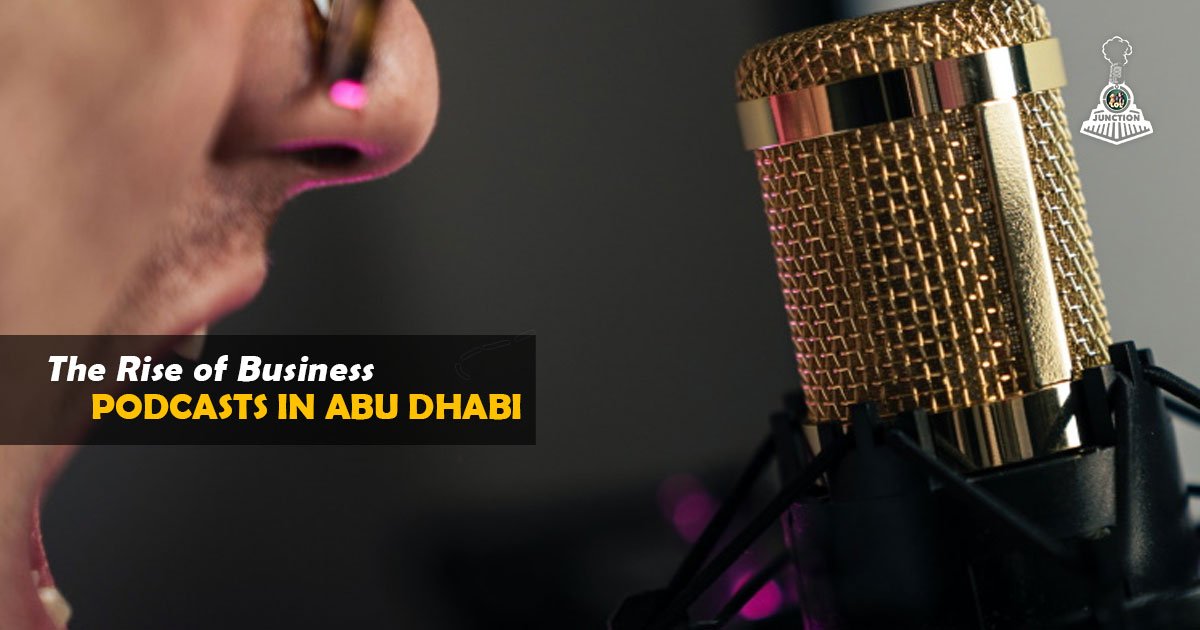
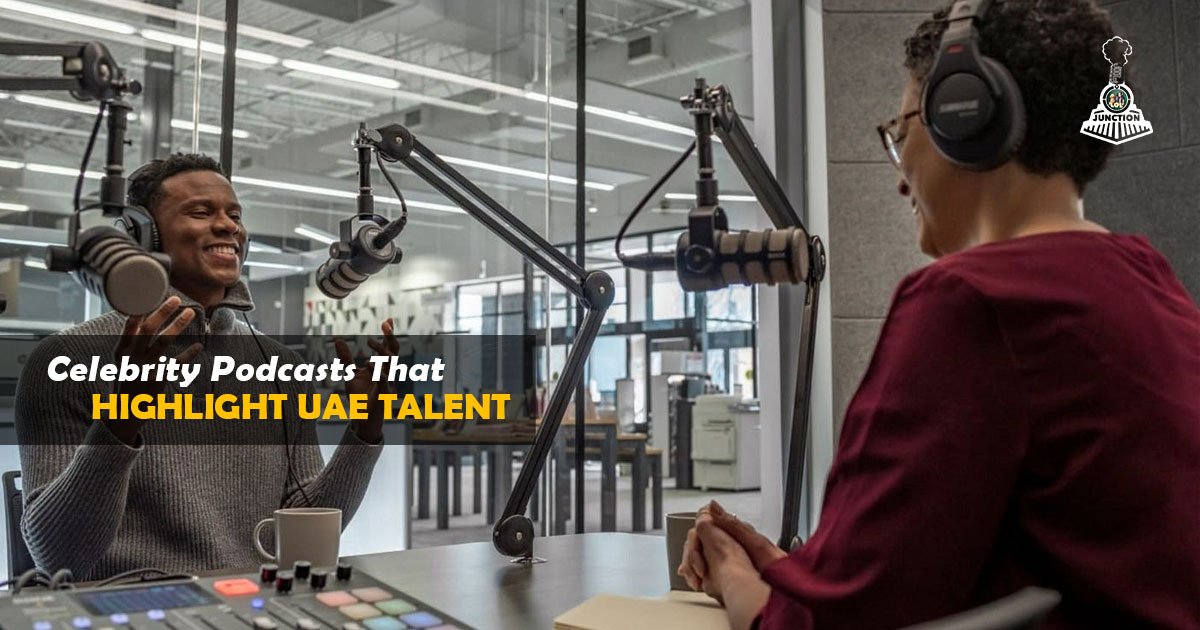
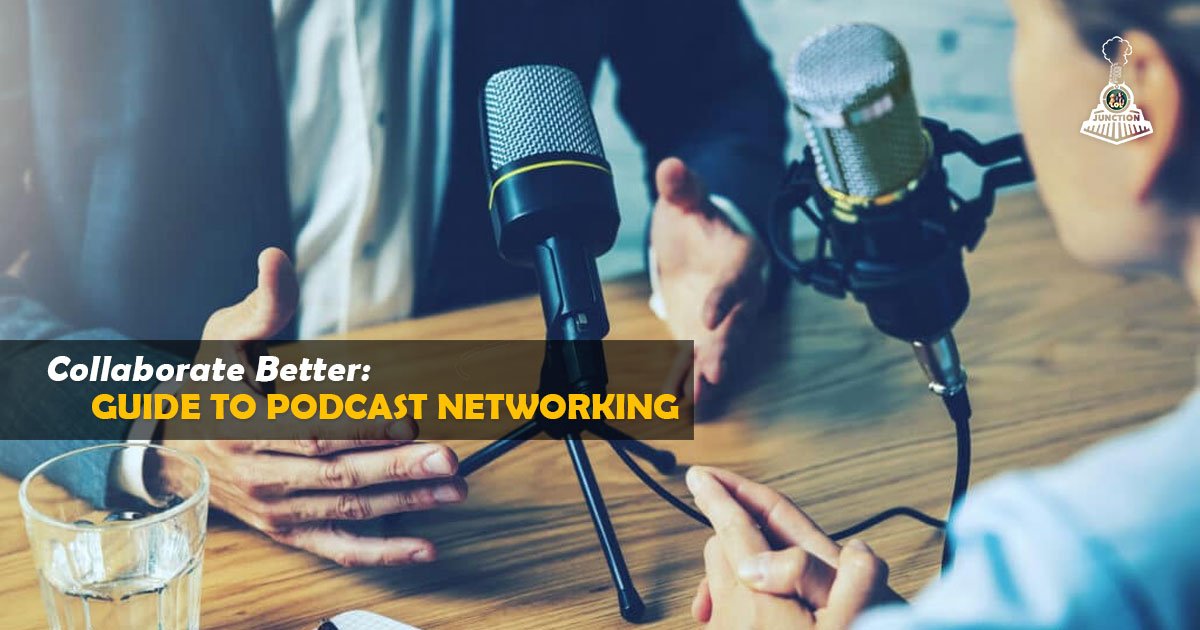

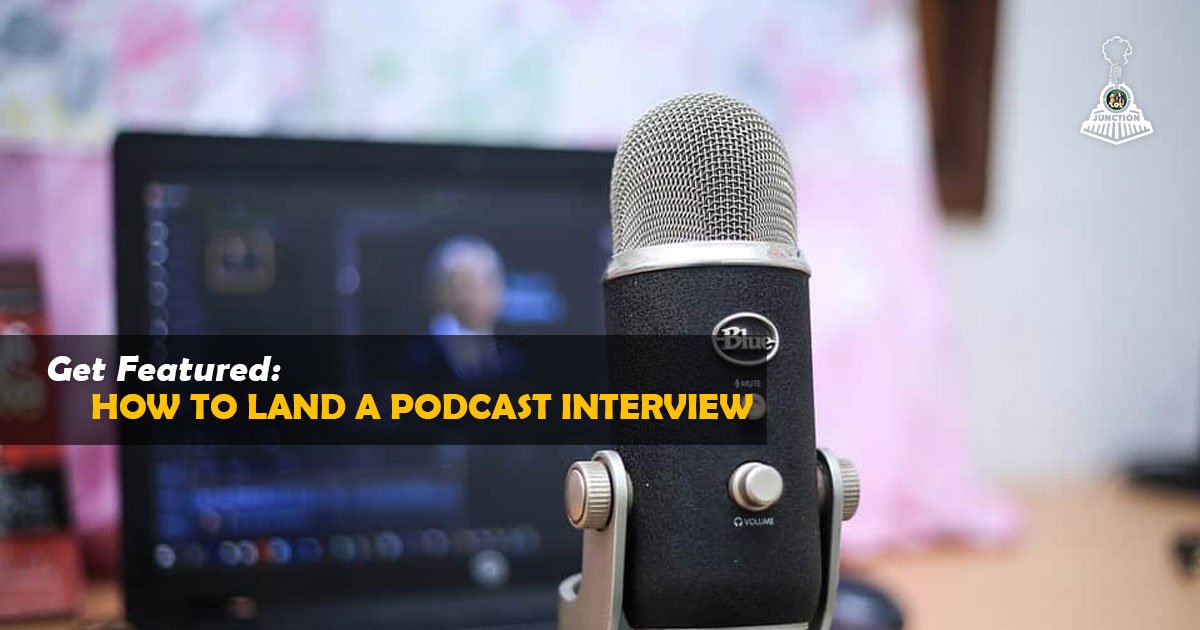
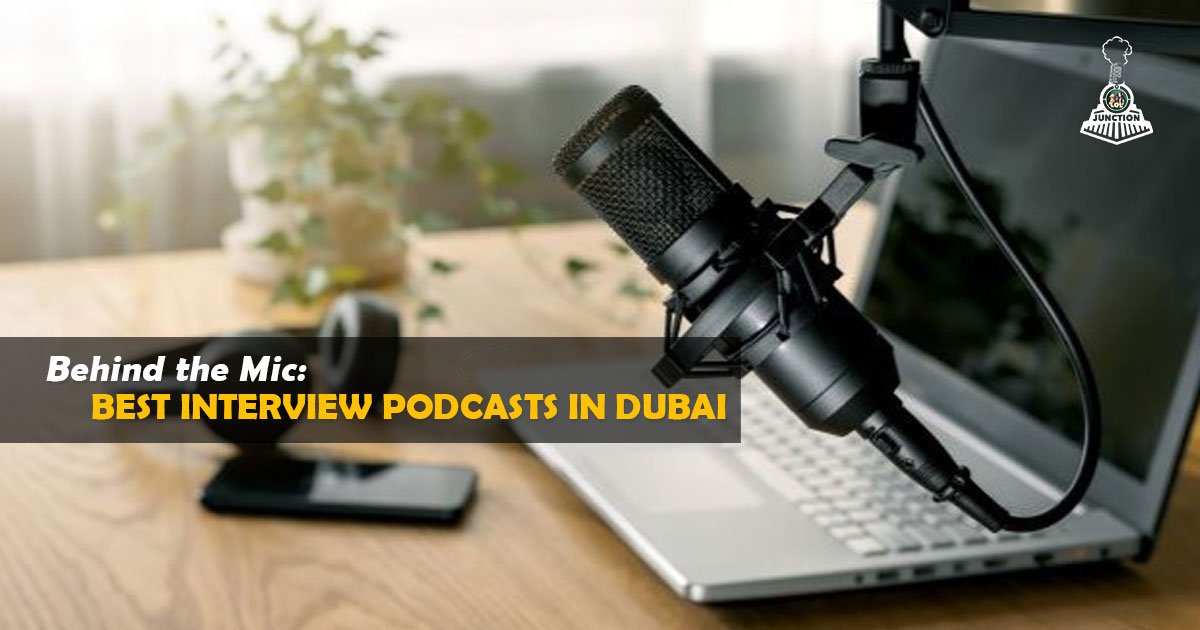
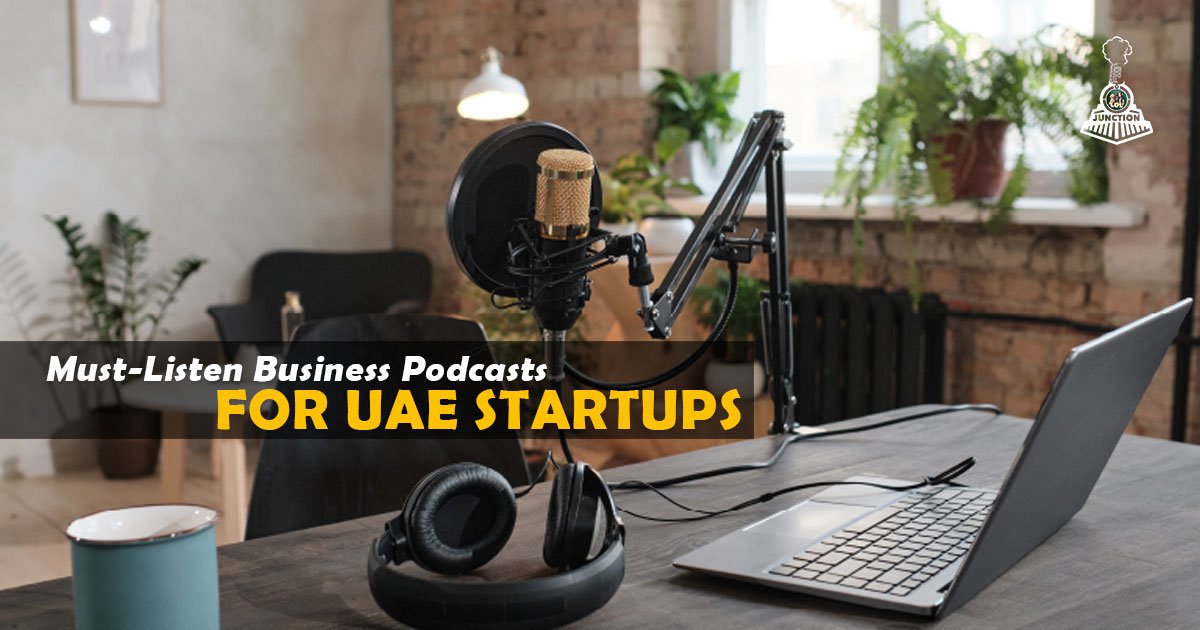
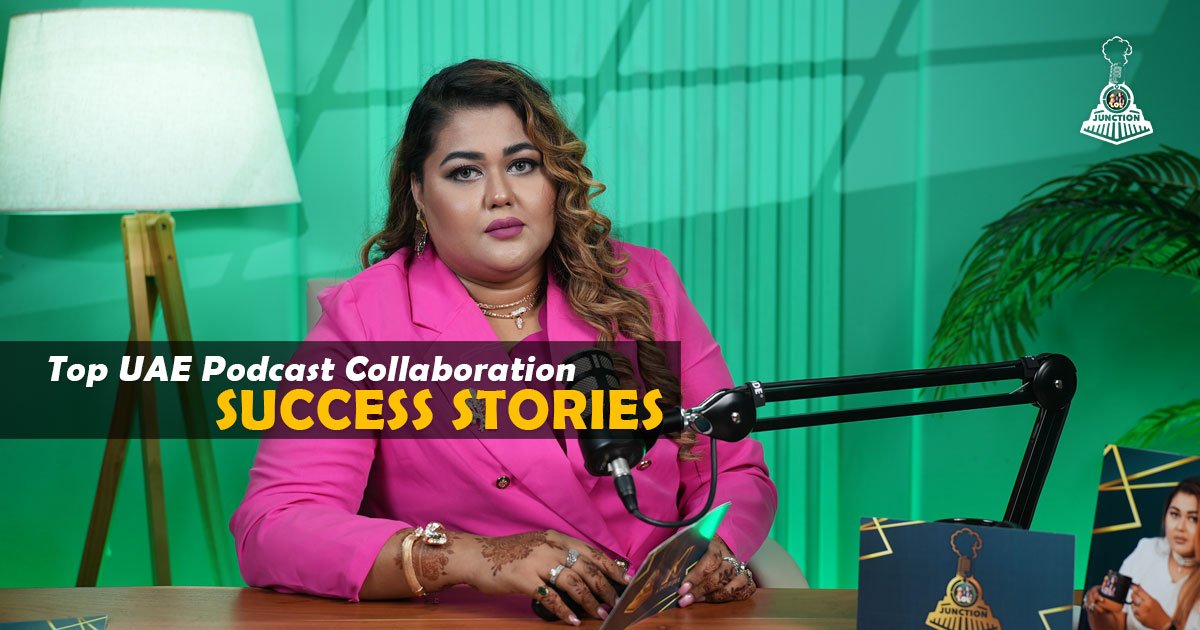
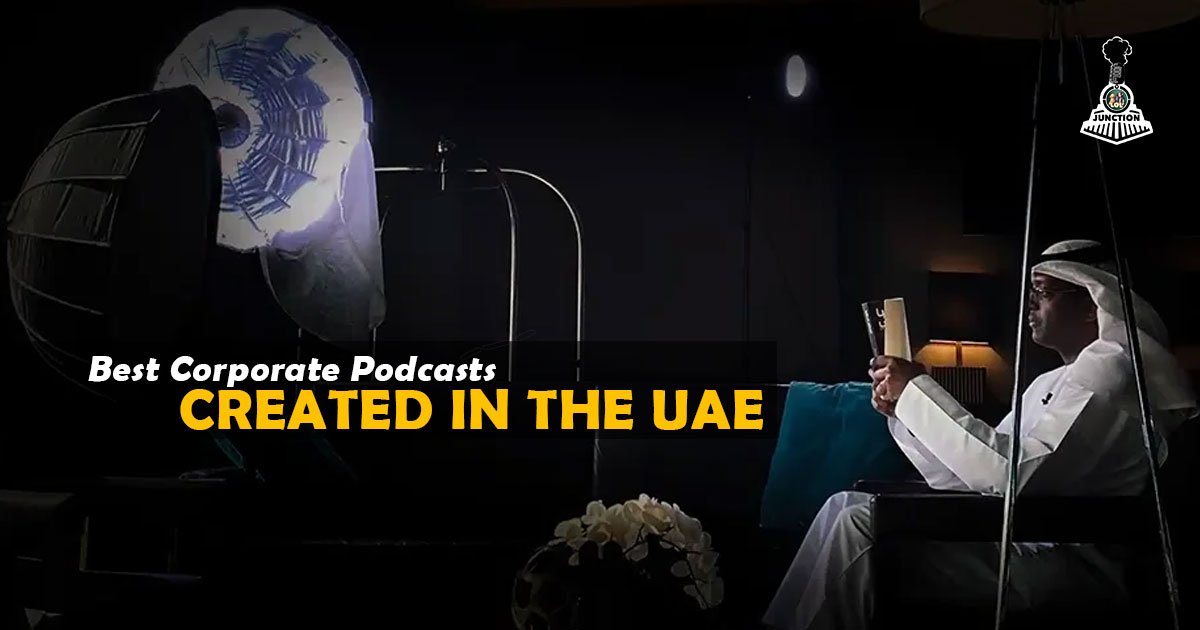
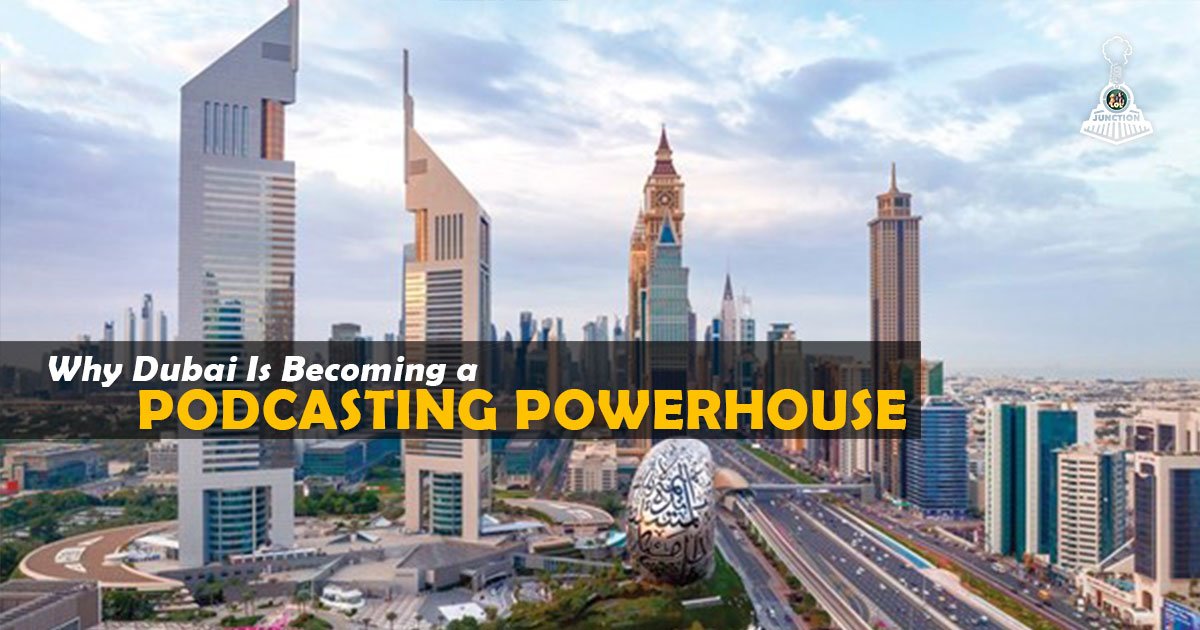
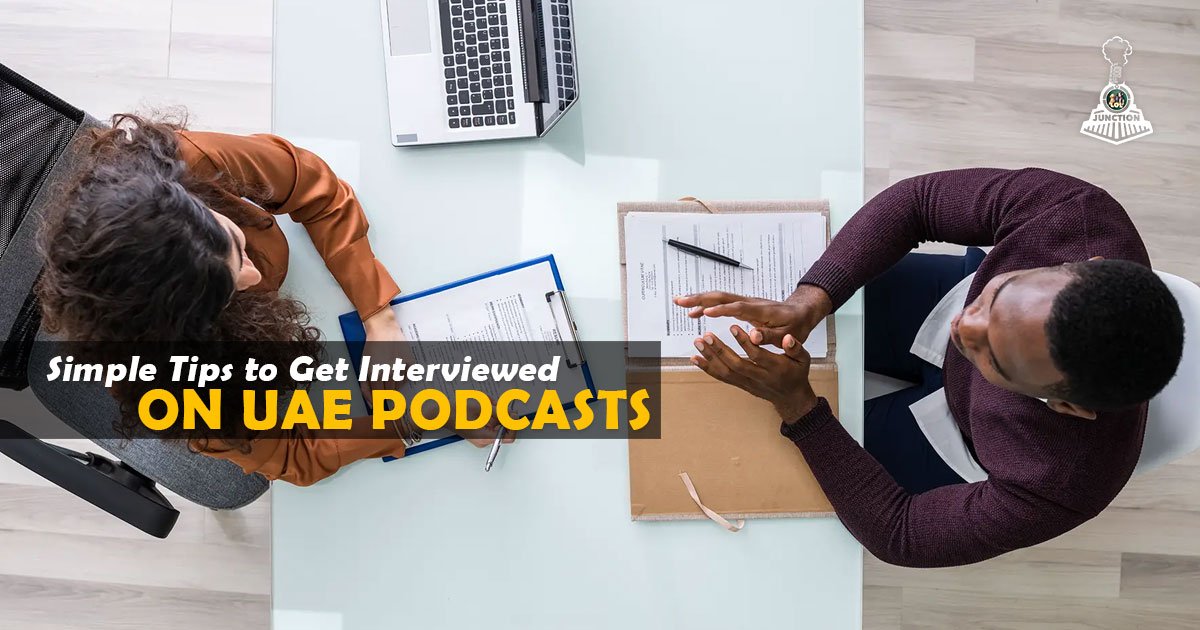

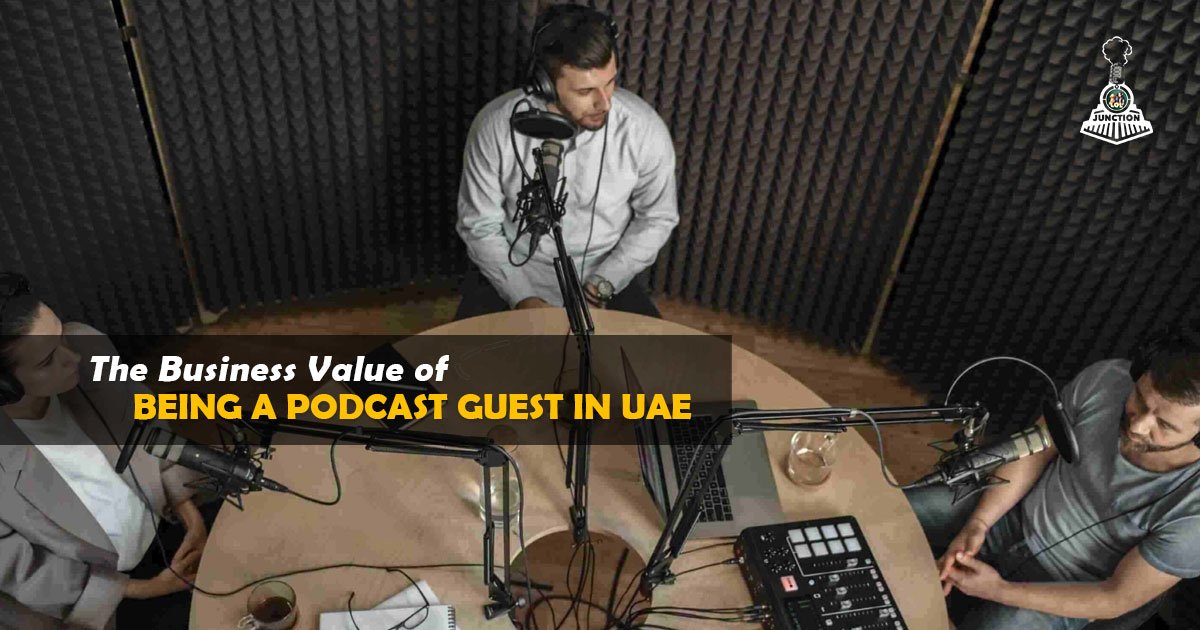
Learn how being a podcast guest in the UAE helps boost credibility, drive leads, and grow your audience.
Read More..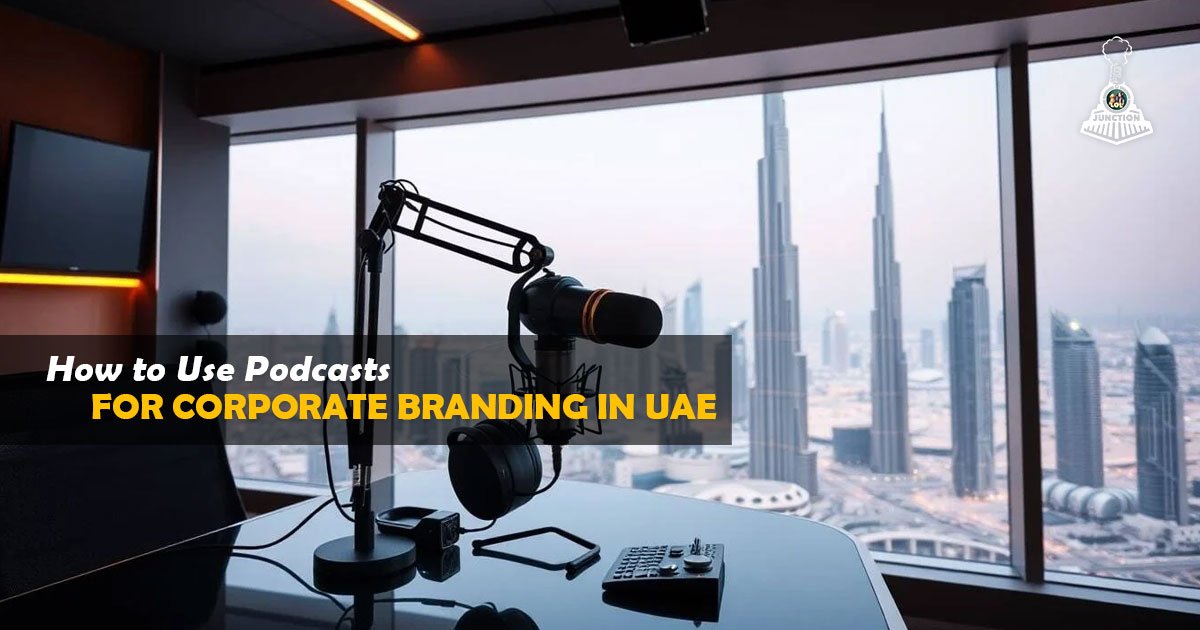
Learn how businesses in the UAE are leveraging podcasts to strengthen corporate identity and customer engagement.
Read More..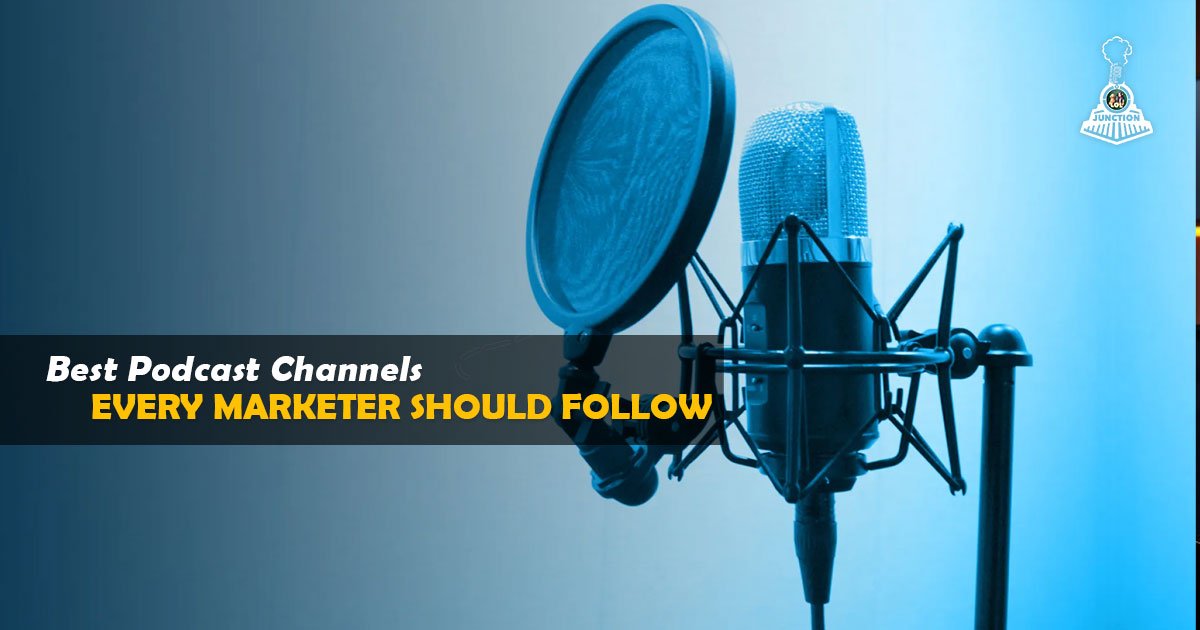
Explore top podcast channels that provide marketing insights, trends, and tactics, tailored for the UAE audience.
Read More..© 2025 LOL - Let's Off Leash. All rights Reserved. Powered by Dar Alafkar Marketing LLC